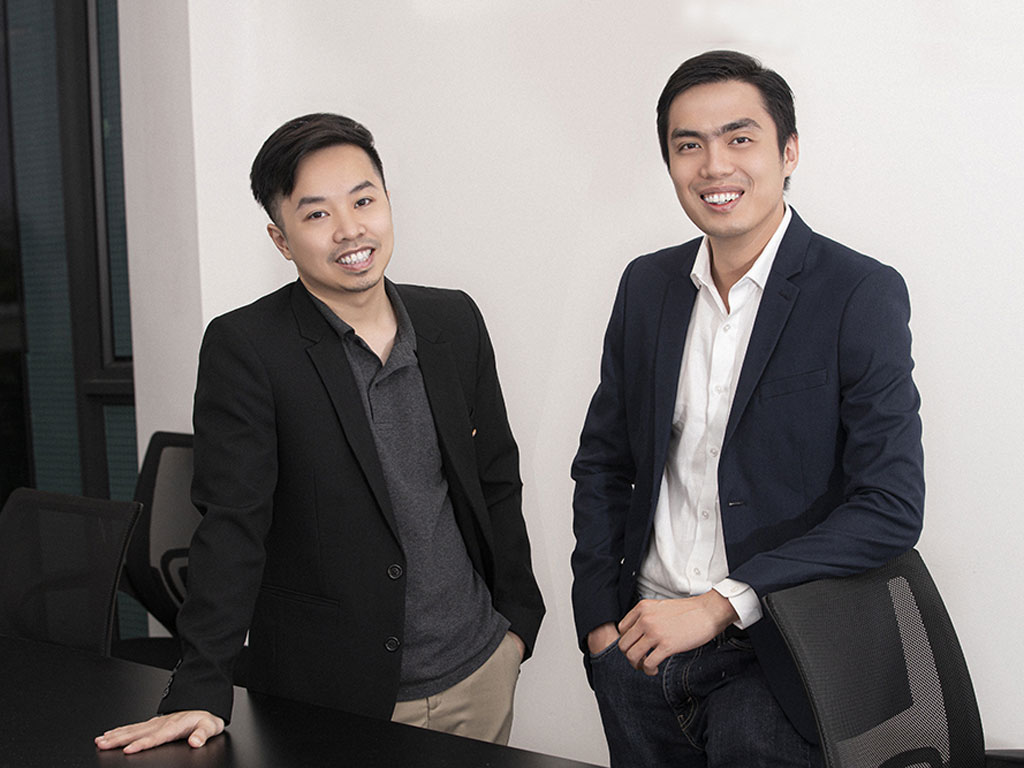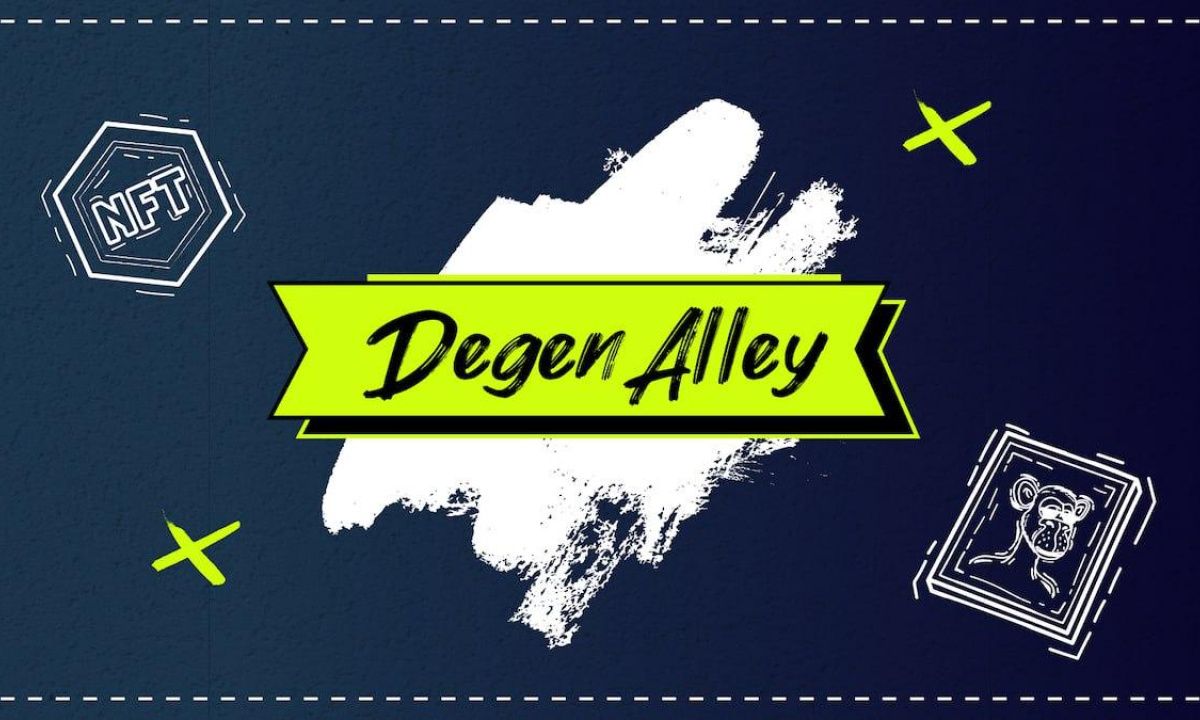For many businesses around the world, the adoption of blockchain technology is increasingly recognized as a game-changer: it is viewed as an enabler for decentralized business models and a foundation for innovation in digital transformation. Players in the financial and digital asset sectors have observed how blockchain technology can solve many of the challenges prevalent in emerging economies across Africa and Asia.
KardiaChain
Leading the charge in facilitating the seamless integration of this technology is KardiaChain, a trailblazing blockchain ecosystem. Its mission? To fuse the digital and the physical realms, offering users new, unique realities with blockchain at the core of those realities.
Founded in 2018, KardiaChain has emerged as a key driver of innovation in the blockchain space. It stands as a leading decentralized cross-communication blockchain infrastructure in Southeast Asia, especially in Vietnam. The platform envisions a future where the boundaries between the physical and digital worlds merge into a seamless, interconnected whole, often referred to as “phygital.”
Essentially, phygital is a form of digital transformation that combines physical reality with the digital world, offering users a unique immersive experience. While still in its early stages, KardiaChain believes the phygital metaverse, powered by blockchain, will have “huge implications” in the near future.
These huge implications are likely to be driven by consumers’ spiking appetite for more interactive and immersive experiences in entertainment, educational and commercial activities online.
“We can expect highly interactive and personalised online consumer interactions that fully leverage the range of technical features the metaverse offers,” says KardiaChain CEO and cofounder Tri Pham.
Beyond this, KardiaChain is also helping solve some of the problems peculiar to blockchain ecosystems.
With numerous blockchain protocols available to builders, users often grapple with the fact that many of these protocols cannot communicate with one another. This presents a significant obstacle to the widespread adoption of blockchain, especially for non-crypto users and newcomers.
KardiaChain’s Dual-Node feature, however, allows for communication between private and public blockchains, irrespective of their protocols. This interoperability significantly reduces the fragmentation in the blockchain ecosystem.
KardiaChain launched its mainnet in December 2020, with LG CNS, a subsidiary of the South Korean electronic giant, acting as the mainnet’s validator. At the time, it was the “first interoperable blockchain to ever launch in Southeast Asia,” Pham emphasizes. Pham says their technology aims to empower people and “create meaningful impacts in society.”
To achieve these meaningful impacts, KardiaChain launched Kyokai “an end-to-end blockchain-built-in solution, aiming to provide adequate tools for all builders.”
Meaning “beyond boundaries” in Japanese, Kyokai is the latest evolution of KardiaChain’s mission. Launched at the end of 2022, Kyokai’s true mission is to demystify blockchain technology and focus on delivering tangible value propositions. By leveraging its tools, most physical elements can seamlessly transition to the digital world, powered by Kardiachain’s robust public infrastructure.
“While blockchain applications are often cumbersome and only cater to small niches, Kyokai assembles multiple seemingly independent applications to build a complete end-to-end ecosystem,” Pham said in March. Simply put, Kyokai offers an end-to-end, integrated solution that encompasses infrastructure, hardware chips, and software applications.







